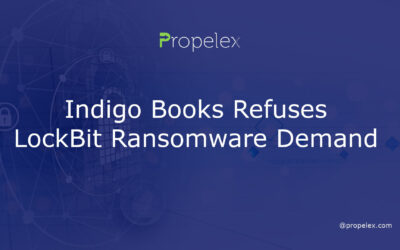Managing the new perimeter with AMaaS (Application as a Service) provides organizations with an identity-based access management platform that acts as the first phase of a Zero Trust journey. By meeting up to 40% of the access controls outlined by NIST, it boosts the security posture of an organization. In addition to ensuring that users have access to the right applications and data, it also provides efficient and effective management of good and bad actors.
Identity-based access management
Identity-based access management (IAM) is a set of technologies that provide users with the ability to authenticate themselves and use resources. These technologies can be provided in a cloud or on-premises model.
IAM technologies allow for single sign-on and multi-factor authentication. This simplifies sign-in processes and ensures that users are who they say they are. It also allows the right entities to use the right applications.
IAM is a unified framework that allows information technology managers to control user access to critical information. It helps identify security risks and ensures that security measures meet regulatory requirements. The practical application of IAM varies by organization.
Using IAM tools allows IT administrators to enforce policies related to user authentication and privilege management. This can help prevent threats such as weak passwords or unrecognized devices. In addition, it can help detect suspicious activity. For example, large numbers of login attempts could indicate that a person has been phished.
AI provides efficiency and effectiveness for good and bad actors
Artificial intelligence (AI) can improve your organization’s physical security by helping it get ahead of a potential breach. It can also help prevent incidents and improve operational efficiency.
However, AI is not without its risks. Cyber criminals have been exploiting its potential to advance their agendas. They’re looking to take advantage of self-learning technologies. These technologies can quickly evaluate vulnerabilities, select malware, and actively counter security efforts.
Likewise, the proliferation of AI could pose serious threats to human rights. It is important to develop AI in a human-rights-friendly manner, thereby ensuring that the system will be a positive rather than a negative force.
Developing effective AI principles is essential to ensure that the technology able to meet your organization’s needs. This can include using ethical and human-rights principles to guide and shape the way the technology use.
Moreover, this may require a comprehensive review of your current processes. For instance, consider conducting regular AI audits of your organization’s data. The resulting reports should made publicly available.
AMaaS boosts security posture by meeting up to 40% of the access controls outlined in NIST
The National Institute of Standards and Technology (NIST) is a key cybersecurity research and standards body. It has recently updated its guidance. The updated guidelines aligned with market-driven business models and address new risks and security issues.
NIST SP 800-171 includes 14 control families. These include authentication and identity management guidelines. They are based on the NIST Digital Identity Guidelines, which supported by the NIST Cybersecurity Framework. This document addresses the protection of sensitive unclassified federal information, while also offering security measures for mature security programs.
NIST’s guidelines provide a range of options for organizations to meet the challenges of secure authentication. Okta offers a complete set of solutions for a variety of requirements, including two-factor authentication, federated identity federation, and password complexity rules.
Using Okta, enterprises can ensure the right level of access to information systems. It offers comprehensive assurance levels for secure authentication, and supports over 5,000 applications and protocols. It uses APIs and standards-based protocols, ensuring compliance with the guidelines.
AMaaS acts as Phase 0 of your Zero Trust journey
If you want to set up a passwordless experience, consider Access Management as a Service (AMaaS). AMaaS helps organizations enhance their security posture. It is also a component of the Zero Trust journey.
Forrester Research analyst John Kindervag coined the phrase “Zero Trust” and defines it as a security model that requires authentication of all users. This ensures that the network is secure from unauthorized access.
A zero trust security strategy is a holistic approach that involves people, processes, and technology. The strategy can apply locally or in the cloud. Depending on the organization’s needs, it can also combine local and cloud-based components.
Zero Trust relies on strong authorization and preventive techniques to detect and mitigate threats. It also includes analytics and adaptive conditional access. It provides a highly accurate detection system. The zero trust model makes access control enforcement as granular as possible.
Getting started with the zero trust journey can be a complex and stressful process. However, with the right planning, it is possible to achieve a secure and streamlined security environment. Several key steps will need to follow.
Finished: Managing the New Perimeter With AMaaS







